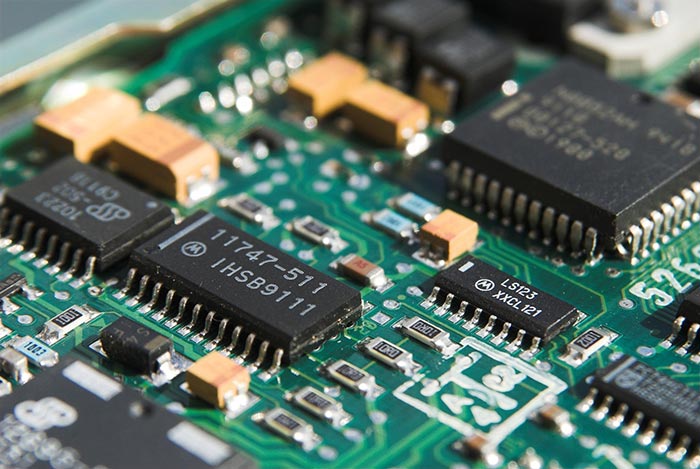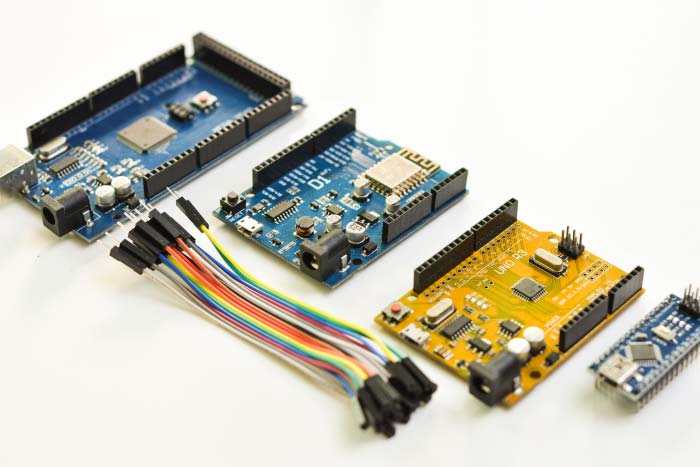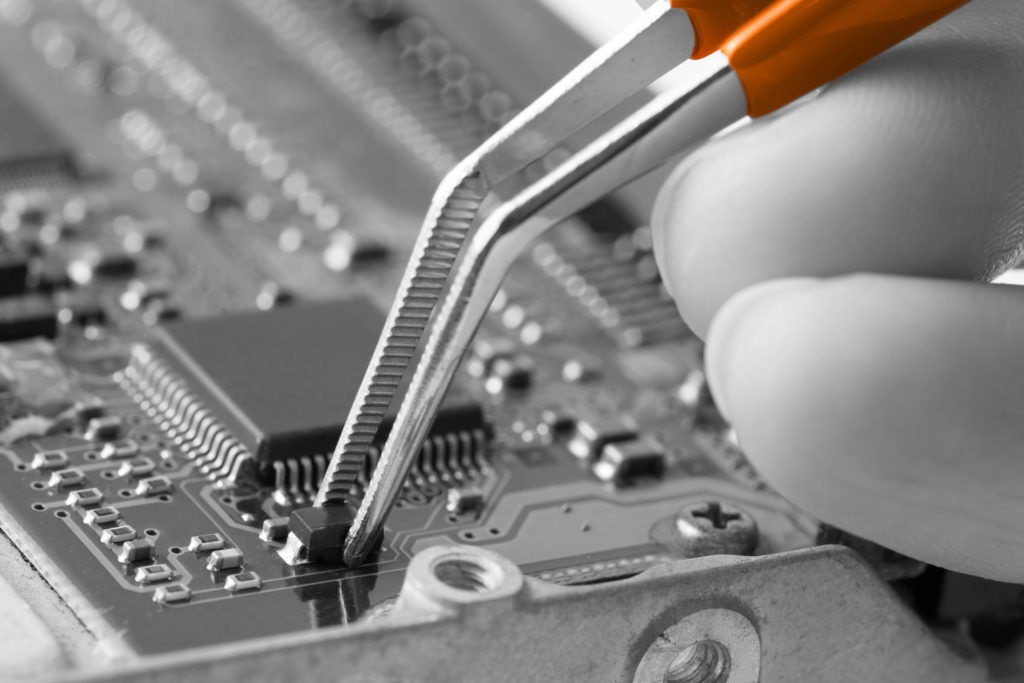DFM is highly useful in helping to identify potential problems and refine manufacturing processes before they create unwanted delays and cost overruns. From brand-new product ideas to upgrades and extensions, DFM helps to streamline all aspects of prototyping and production.
There are five fundamental principles in the DFM process:
- Manufacturing
- Design
- Materials
- Environmental impact
- Testing and compliance standards
DFM helps to improve quality and safety outcomes, reduce time to market, and decrease design and development expenses. This process increases the likelihood of a smooth and hassle-free transition from design to prototyping and market entry.




